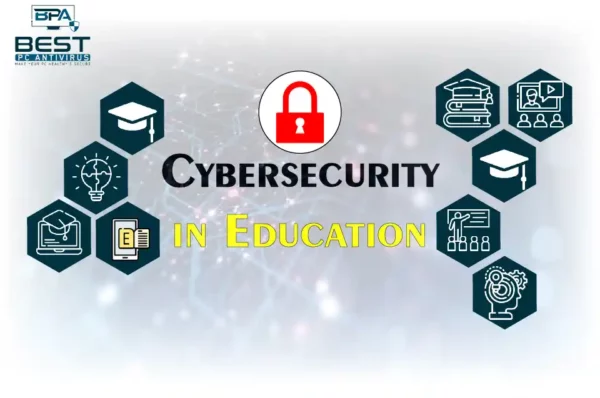Email has assumed a significant role in contemporary commercial communication. They are currently the most extensively used means of disseminating information and serving as legal papers in any formal setting at a minimal cost. Email is used by every company, from IT and BPO to health, insurance, and hospitality. Email Threats
The unfortunate truth is that emails are a major contributor to the majority of current cyberattacks, including phishing, spear phishing, URL spoofing, the use of malicious attachments and scripts, trojan horses, and many others. These harmful emails are created by hackers to appear innocent, but if a victim clicks on the email’s content, they have the ability to inflict serious harm to a company.
As cyber-attacks are now inescapable, adopting preventative measures to secure your data can help you avoid falling victim to them. This blog discusses various strategies for reducing the risks brought on by malicious emails for improved data security.
Reduce Email-Based Threats: Strategies
Emails continue to be the weakest point in cyberattacks. According to Statista reports, 56% of the total traffic generated for communications around the world was made up of spam messages.
The methods listed below will assist you in significantly lowering email-based cyberattacks.
Use End-to-End Encrypted Protected Emails
If you send emails without encrypting them, a third party will be able to view the confidential communications that are only accessible to your company.
Using an encryption key that the server does not have, end-to-end encryption is a method that encrypts all data before it is transferred to a server. When there is a server level compromise, encryption aids in securing your emails from data leaks.
Inform your staff
Hackers use various social engineering, phishing, and URL spoofing tactics to create harmful emails that appear innocent. These malicious emails contain links and infected attachments that, when downloaded or clicked, can result in serious security breaches.
You can protect your company from cyberattacks by educating your staff and exposing them to such threats. By simulating false attacks, you may teach your staff how to avoid falling victim to email dangers like phishing and vishing.
Ensure the implementation is secure from the start
Use the best spam filtering algorithms that check with advanced email authentication standards like Sender Policy Framework (SPF) and Domain Keys Identified Mail (DKIM) before sending/forwarding emails to try and catch spam emails at the source level before they reach employees’ mailboxes. You can avoid multiple attacks at the base itself thanks to this initial filtration.
Additionally, it is important to evaluate any email system’s ability to protect data transmission before using it in your company.
Restriction of Administrator Rights
End-to-end encryption reduces server-level security vulnerabilities, but it might not provide any protection for conversations that take place at the administrative level. When using conventional security measures, targeted hacking via phishing campaigns and insider threats can quickly compromise an administrator account.
The privileges of administrator accounts can be limited to lessen privilege escalation threats and protect the email implementation from shady third-party intervention.
Password Administration
You may guarantee that all the systems are secured using difficult-to-guess passwords by requiring initial security standards for the passwords that employees set, such as utilising upper- and lowercase letters, special characters, etc. By doing this, brute force attacks are decreased. Using passwords provided by the vendor is also not recommended.
Keep suspicious email attachments from your computer
Limit the downloading of PDFs, Word documents, and ZIP files from unreliable sites by restricting access to certain sources. Such materials should not be downloaded because doing so invites intrusion.
Cyberattacks based on email are increasing daily. Hackers always develop new techniques to breach security systems. Users’ clicks on malicious emails have been responsible for the majority of breaches that have occurred so far. Email Threats Email Threats Email Threats Email Threats Email Threats Email Threats Email Threats
As a result, in order to defend your company from email-based risks, it is necessary to secure your important data by safeguarding your emails.
It is not only important, but also your obligation as a business, to safeguard the information of the patrons who put their trust in you.
Read More : What is social engineering?
[web_stories title=”true” excerpt=”false” author=”false” date=”false” archive_link=”true” archive_link_label=”” circle_size=”150″ sharp_corners=”false” image_alignment=”left” number_of_columns=”1″ number_of_stories=”8″ order=”ASC” orderby=”post_title” view=”carousel” /]




